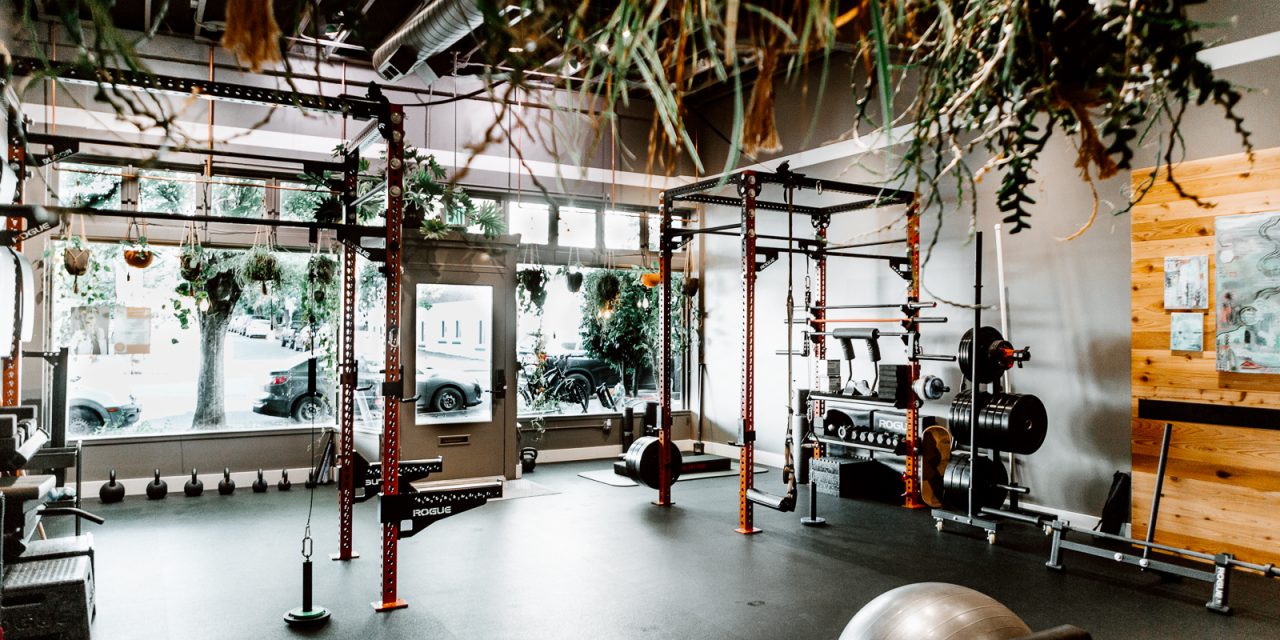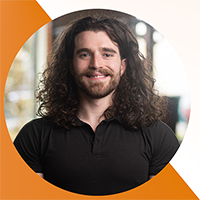Pulling movements are an essential foundation of our body’s ability to operate through daily activities. At Move Better we use our Movement Paradigm to evaluate how a patient loads their body in a variety of positions while utilizing a pulling oriented system.
A wide range of commonly performed muscular actions receive input from “pulling movements”. Pulling movements can generally be described as a muscular action of using your upper body to bring an object towards you or to bring your body closer to an object. Pulling movements can be reflected in daily activities such as pulling a door open, resisting the force of your dog pulling on a leash when they walk ahead of you, pulling a chair out from a table, opening a drawer, harvesting veggies from a garden, or pulling yourself up off the edge of a skyscraper right before a movie quality explosion engulfs you in its glorious inferno. Common exercises performed in the gym you may have heard of are lat pulldowns, rows, pull ups, sled pulls, pullovers, deadlifts, and the rower machine. Because of the relevance of pulling movements, focusing on educating and instructing patients on the different ways they can pull is important for treating and preventing pain.
You may be asking “how does pulling mechanics affect pain?” and to that I would say LITERALLY IN SO MANY WAYS!!!! Let’s start by discussing the common correlations we observe in the clinic. Very frequently at Move Better we have noticed a parallel with patients who have a biased loading pattern tend to experience pain symptoms in the region they favor the pulling loads towards. The most commonly biased areas we observe are the neck and shoulders. Patients commonly hike their shoulder and initiate the movement with the arm with an inability to engage the armpit and mid back.
A common movement we use to observe patients pulling mechanics is the supine pullover. This exercise is great because it teaches the fundamental principle of being able to stabilize the middle of the body while moving the upper extremity relative to the anchored stable point. Commonly what we will observe with patients experiencing neck and shoulder pain is a higher likelihood of performing the lift with a sustained contraction in the biceps and elevation of the shoulders creating tension in the neck.
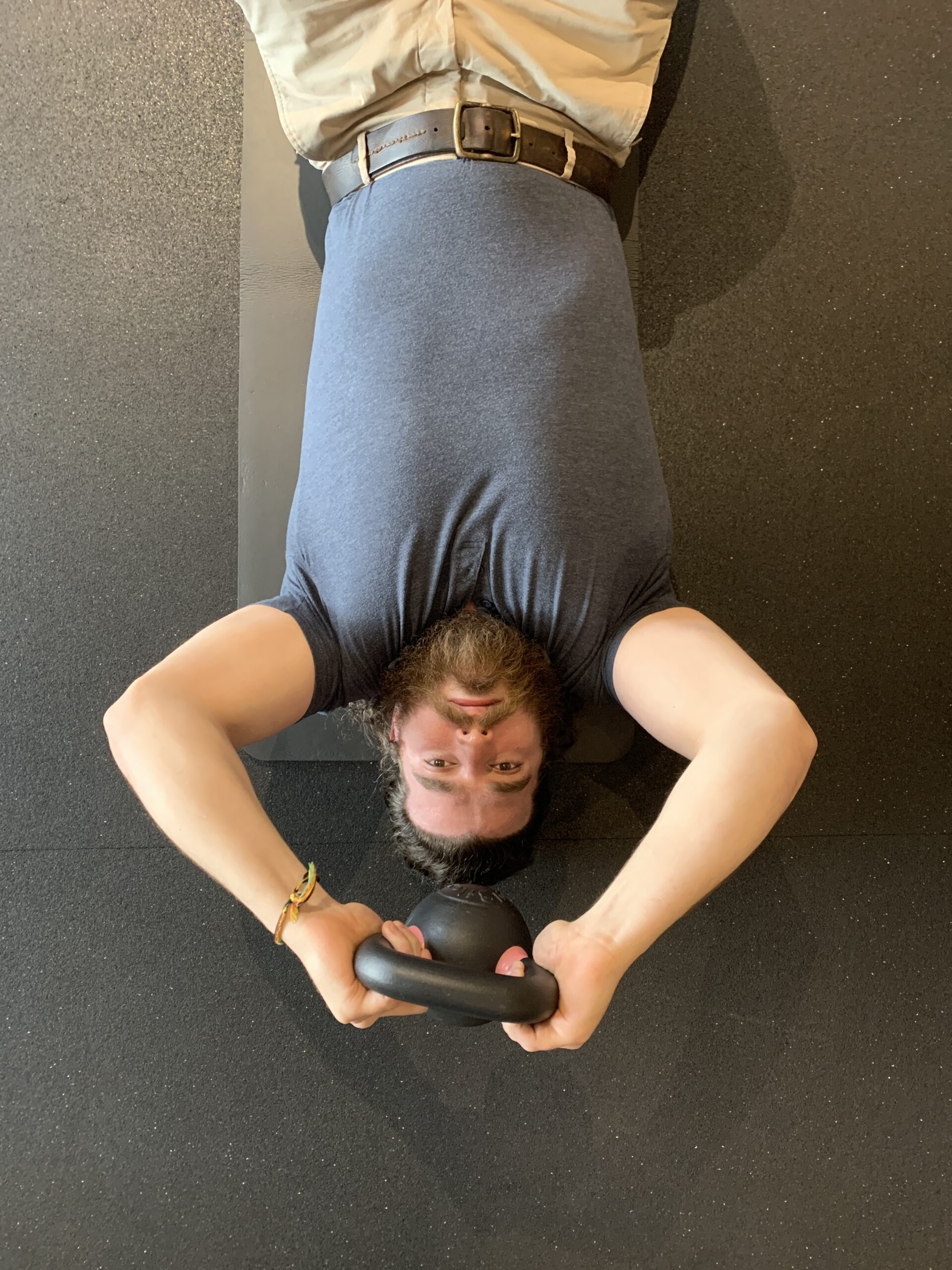
They also tend to have an inability to depress the shoulder to engage the armpit region.
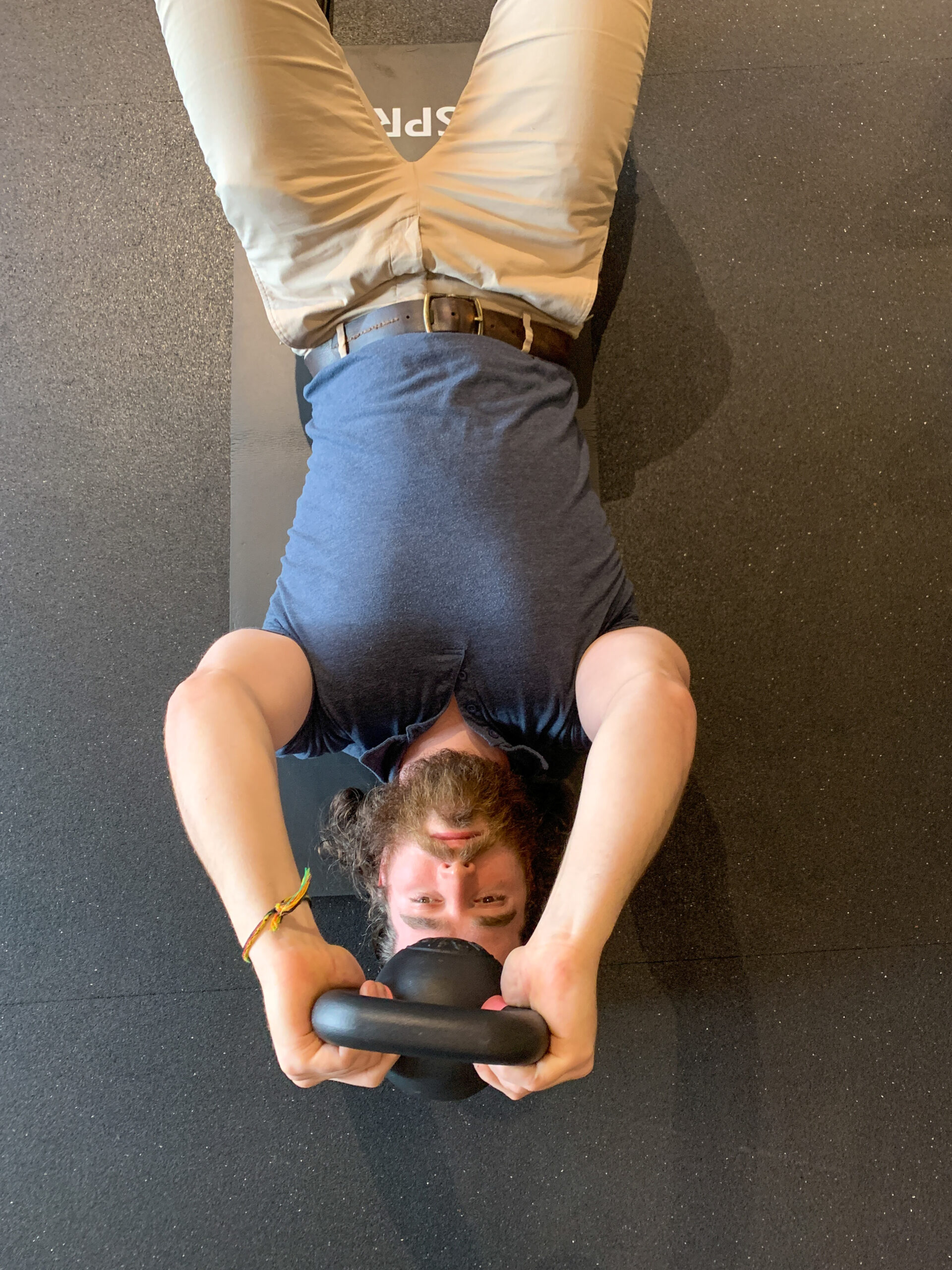
We also commonly see arch their lower back, and relax their midsection to reduce the load and range of motion placed upon the muscles in the armpit.
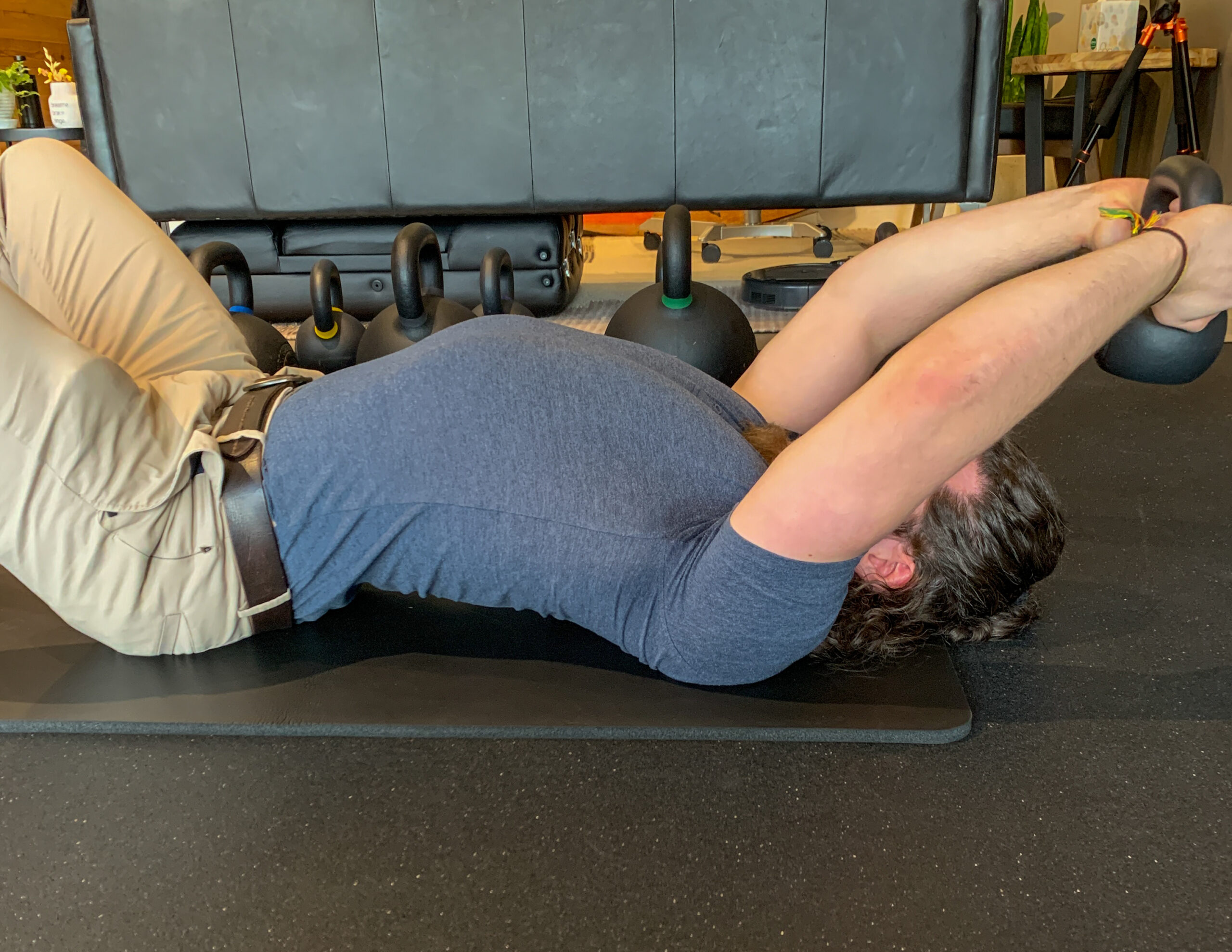
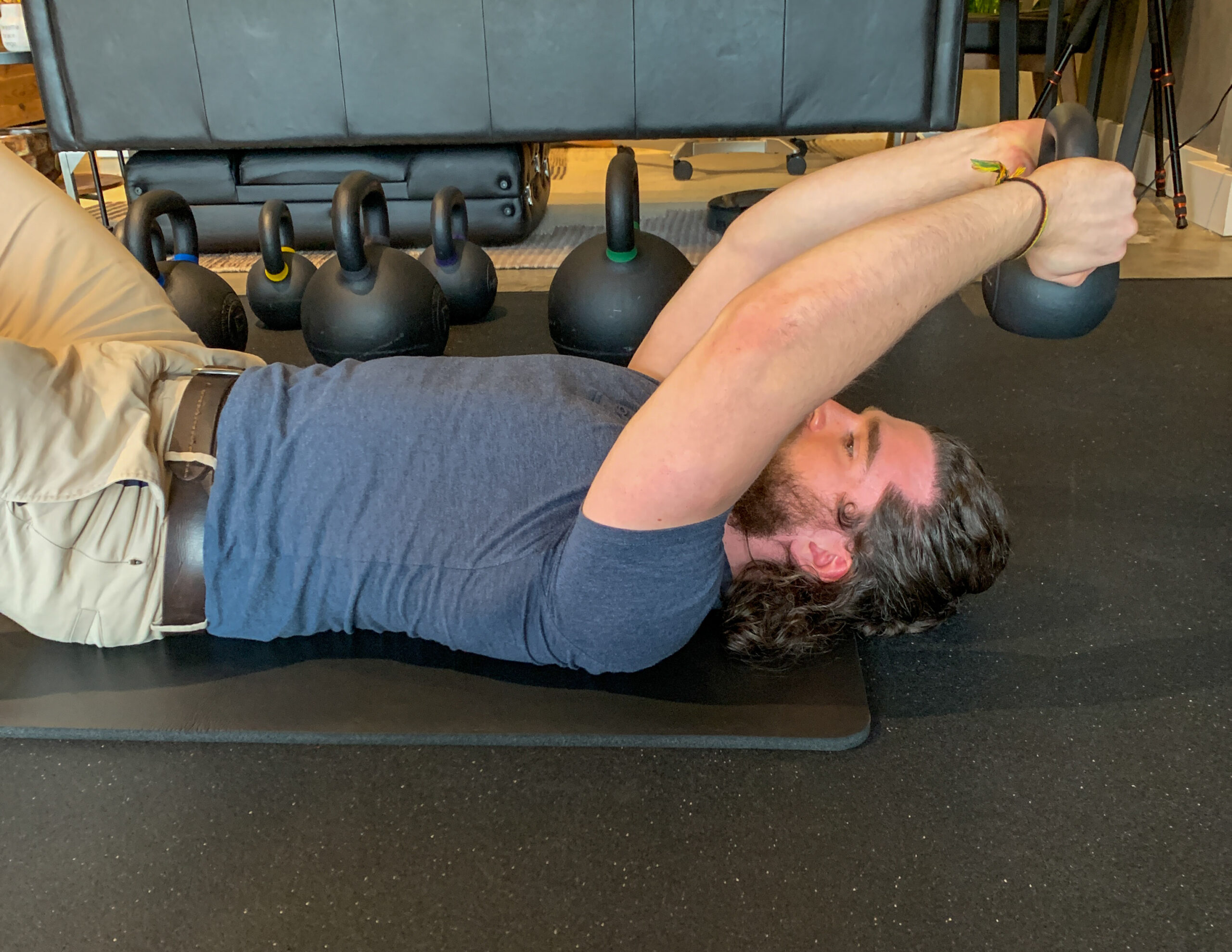
This is clinically valuable when the areas of the body that are painful are also the areas that movement is biased towards.
Another movement we use to observe pulling mechanics is the single arm cable row. Frequently we notice that patients who experience neck and shoulder pain have a greater likelihood of elevating the shoulder and biasing load towards the neck and arm as opposed to depressing the shoulder and loading the armpit region.
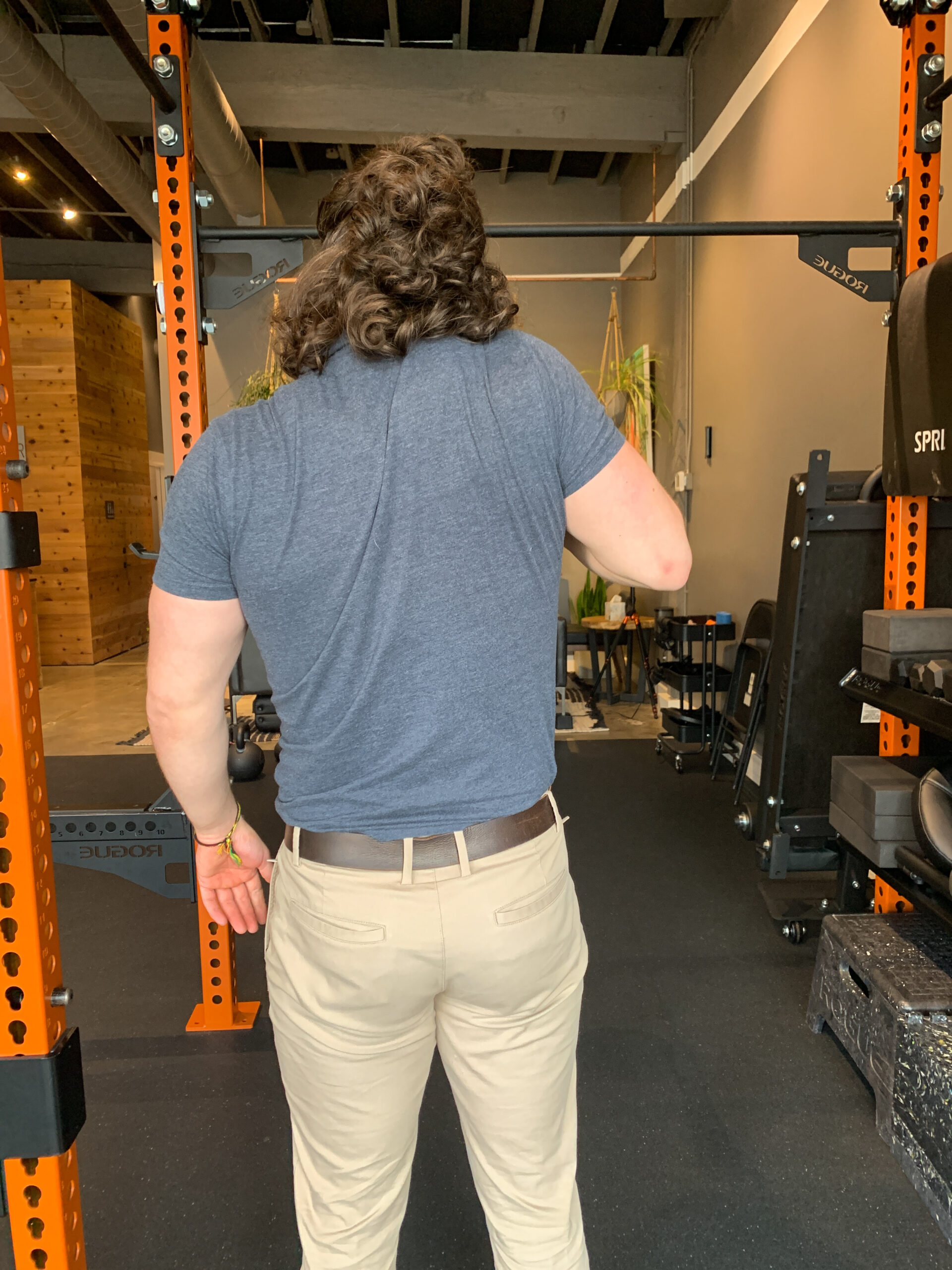
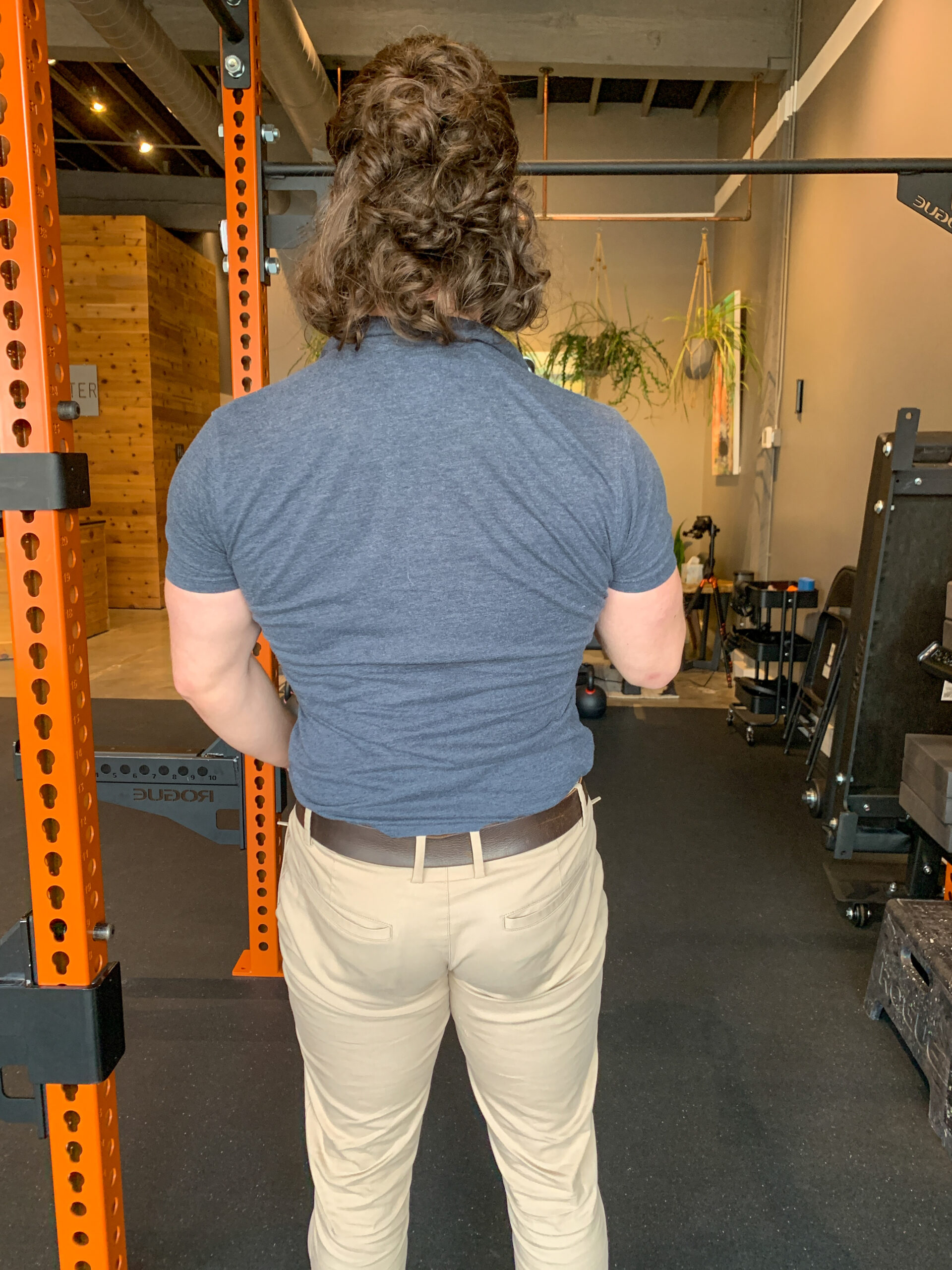
We also frequently observe that the shoulder has a tendency to translate forward and inward stretching the midback region.
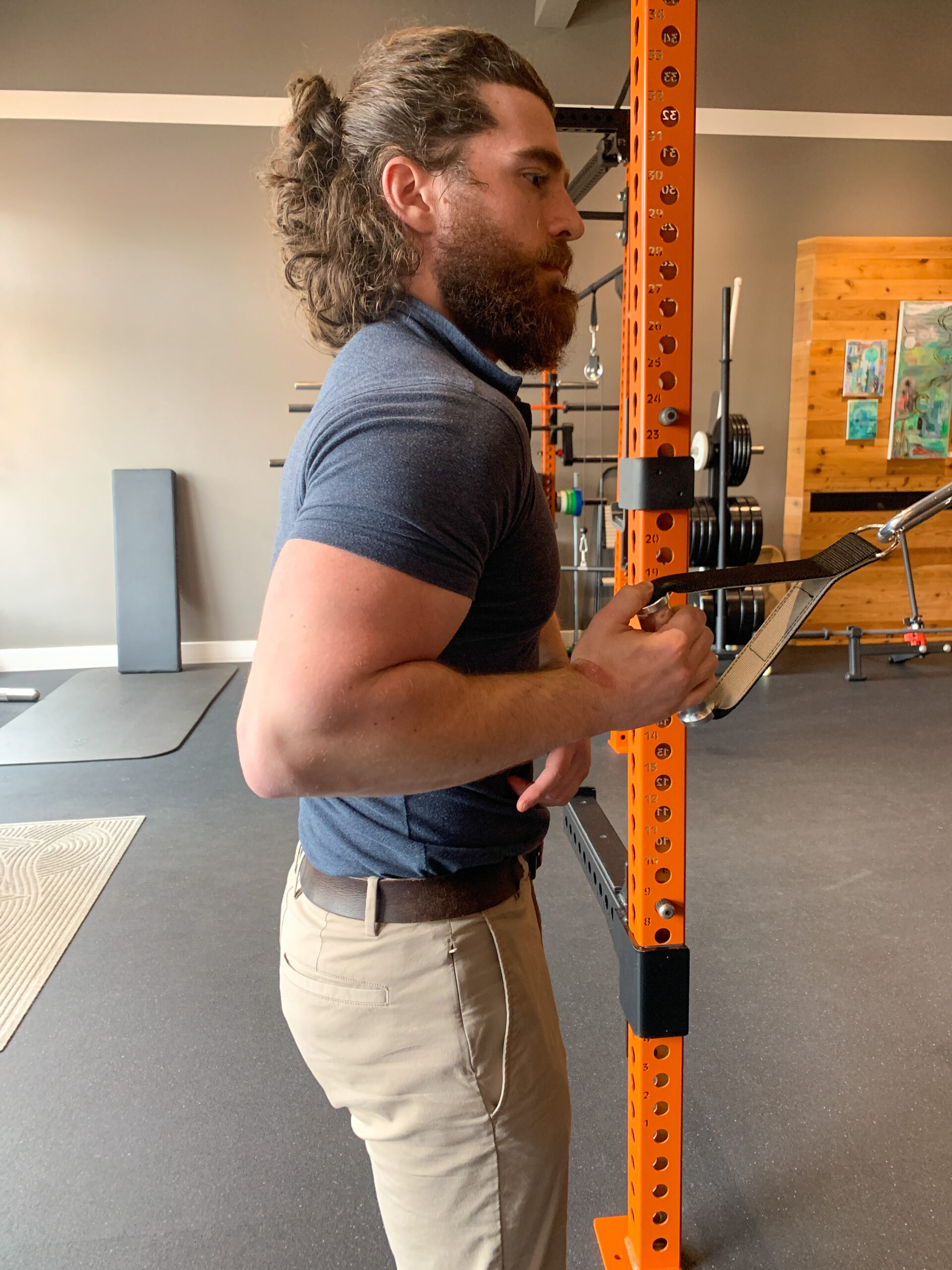
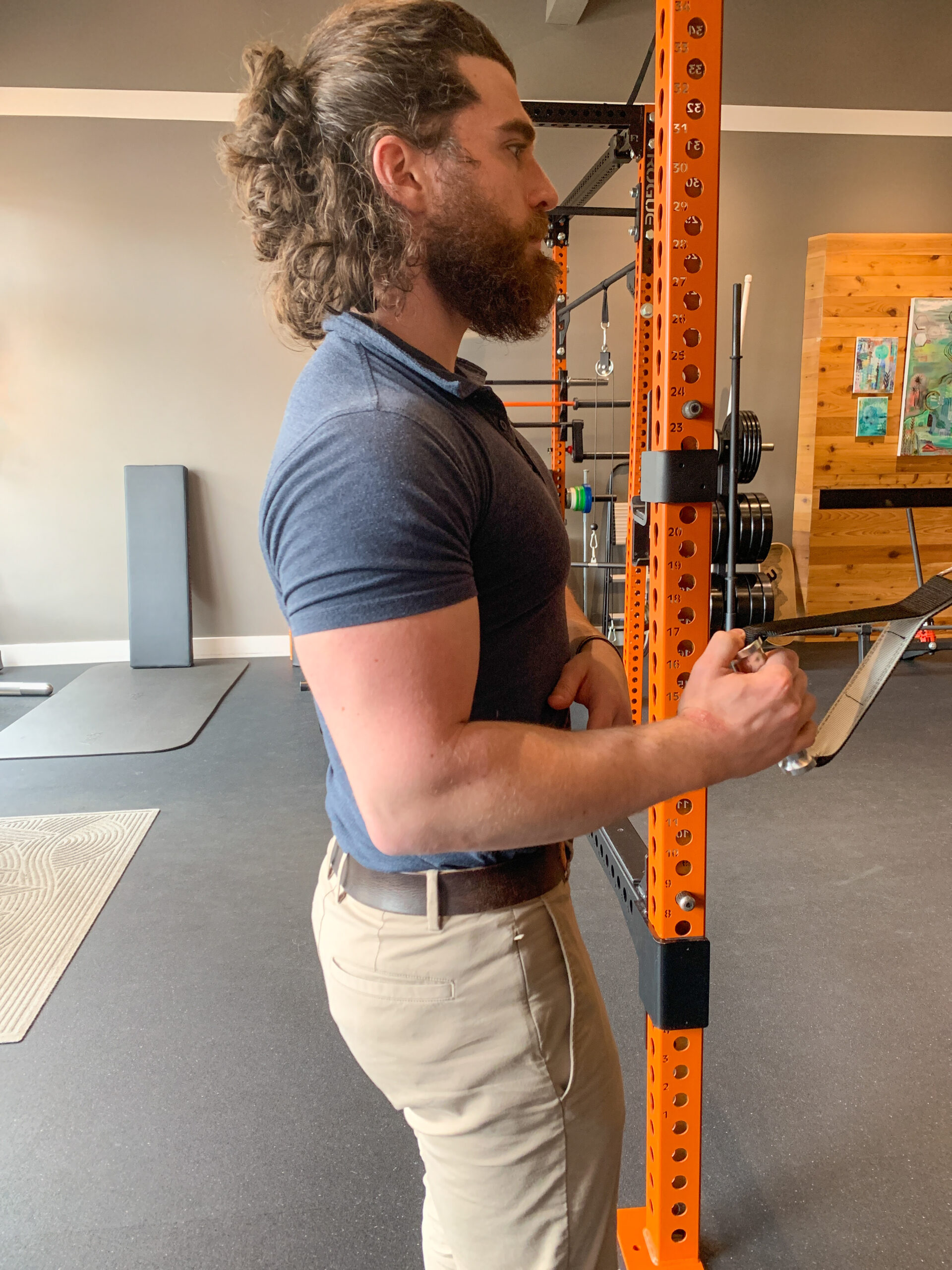
Lastly, we notice a correlation between patients experiencing lower back pain and a higher likelihood of once again avoiding the contraction of the armpit region and instead using the lower back to rotate the torso to create momentum as they pull the cable towards themselves.
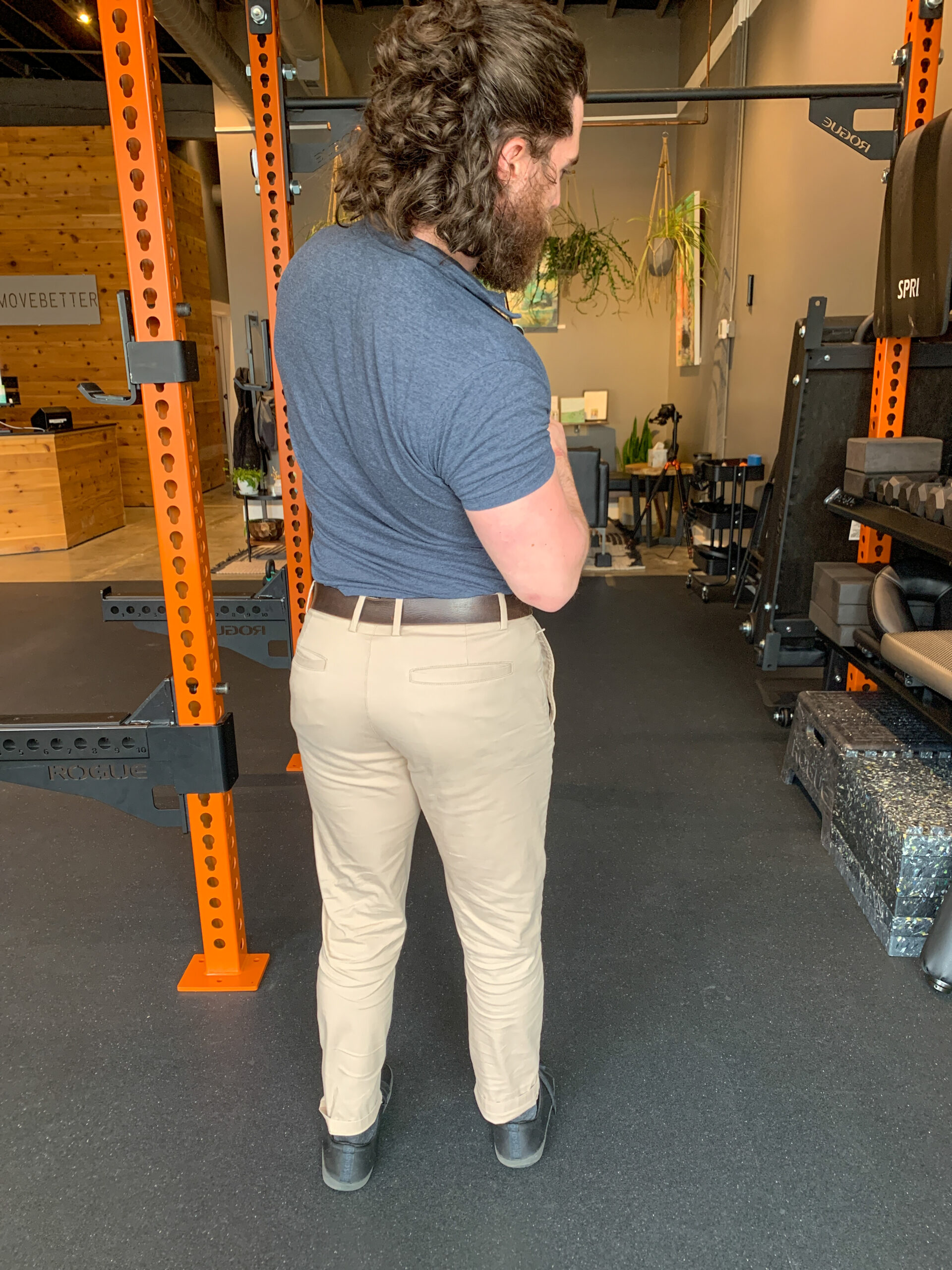
While isolating the pulling movement system is clinically valuable, we also want to evaluate how the pulling system works synergistically with other compound loading patterns such as the deadlift. The deadlift is a great movement to assess this because when performed, an external demand to use an upper body pulling system to connect the lower body and midsection to the weight is required. Commonly what we observe in the clinic is that patients with neck/shoulder pain have a higher likelihood of failing to create sufficient tension in the armpits to keep the weight close to their center of gravity. This may cause the upper back and shoulders to round forward which increases the distance between the load placed in the hands and the center of mass of the body located in the hips. This leads to a less mechanically efficient lift as well as a higher probability of increasing demands onto the arms and neck as well as stretching the upper back through a heavy load. We also observe that patients who experience low back pain have a higher likelihood of rounding the mid back, arching the lower back to compensate, and tilting the pelvis forward into extension.
While none of these loading patterns I have listed are inherently wrong, when the system of load management observed through movement correlates with the area of complaint for the patient, we gain clinical evidence that the reason WHY a patient may be experiencing pain is because of HOW they are moving their bodies through space. This informs our care to be directed towards teaching the patient what their options are in a given movement context, improving their awareness of what they are biasing load management towards, the relevance of how the movements we are performing mirror their activities of daily living, and empower them to understand the truth which is that they have control over the modulation of their pain.
That is the beauty of how we treat Move Better however. We do not believe in “Right and Wrong” or “Good form and Bad form” rather we create an environment of clinical experimentation where the patient’s experience of pain and function is the driving force behind our clinical decision making. By using movement we simulate real life situations that reflect scenarios where a patient may be feeling pain and then guide them to move in a way that creates the familiar pain so they can choose differently and improve body awareness around all of the areas of the body that are at their disposal to perform physical work.

